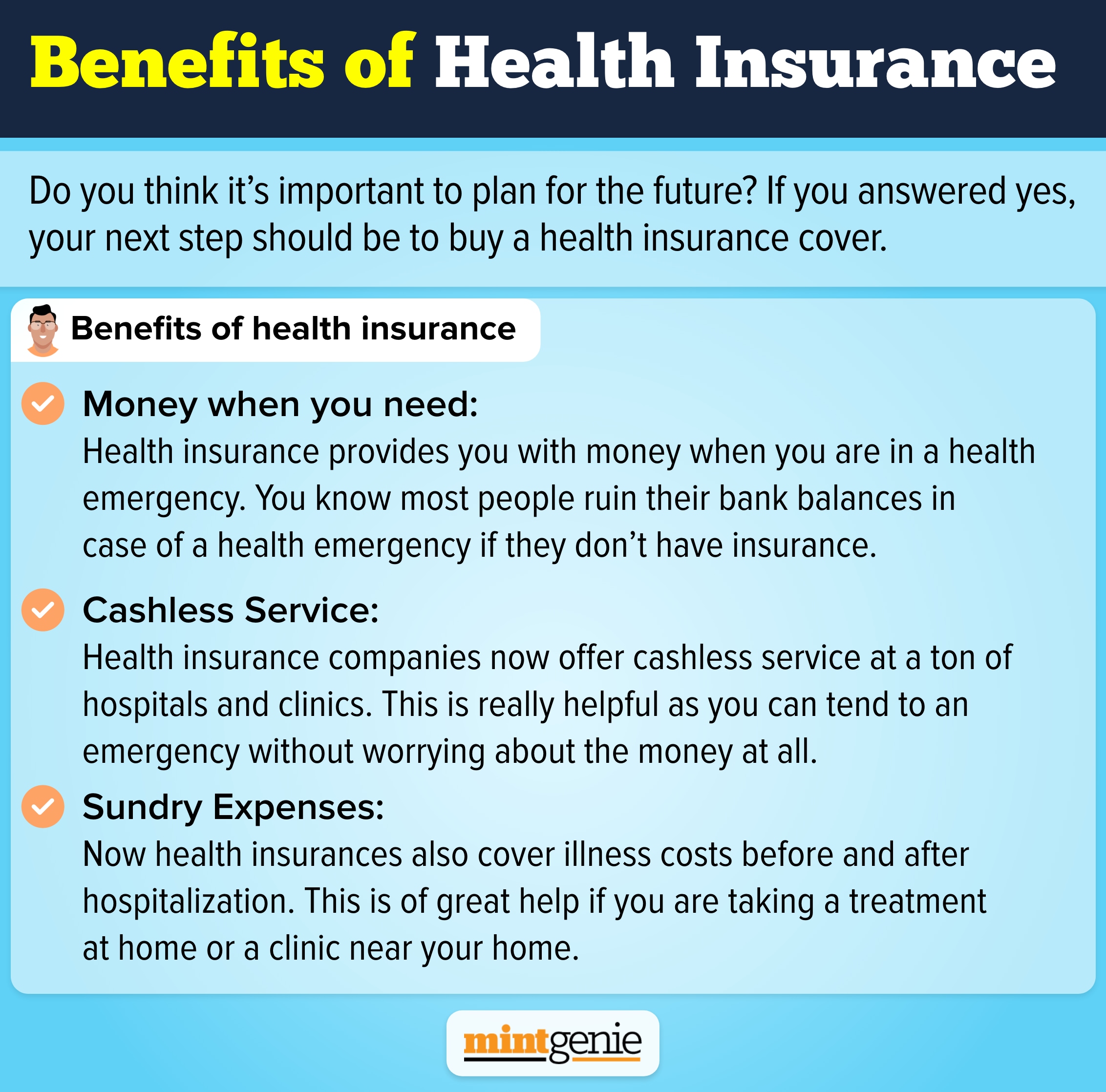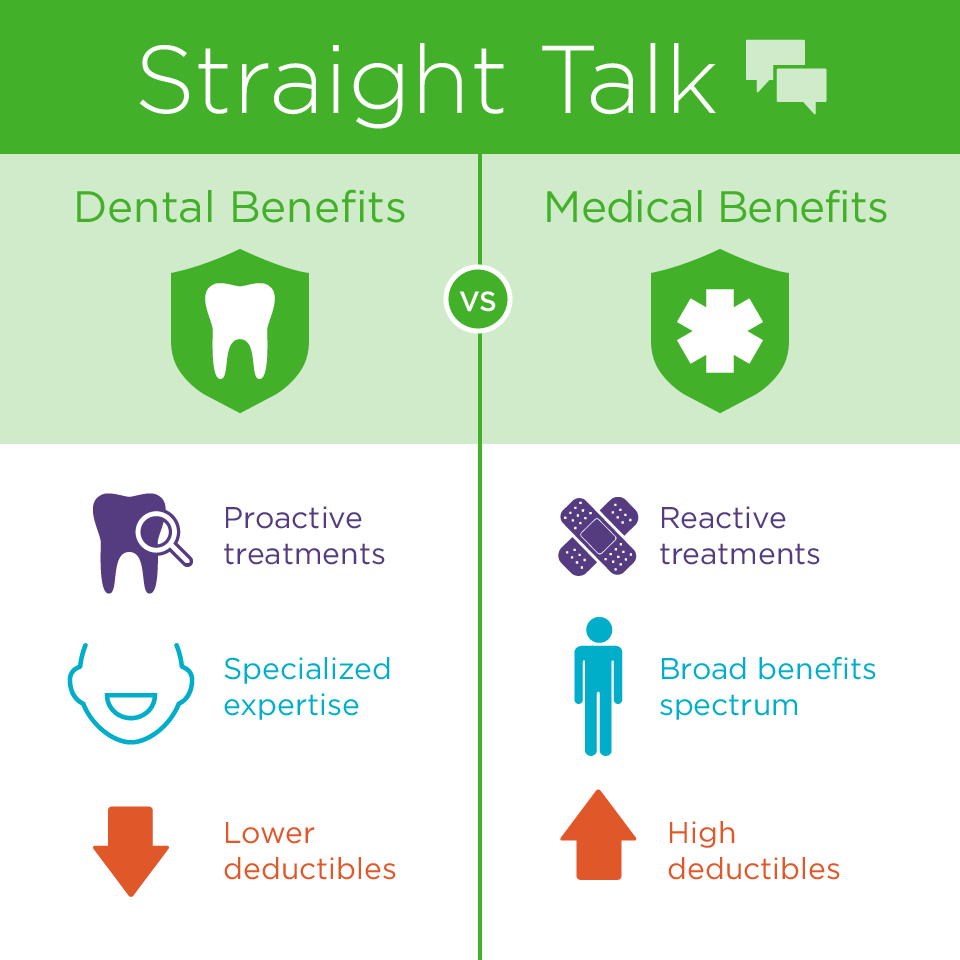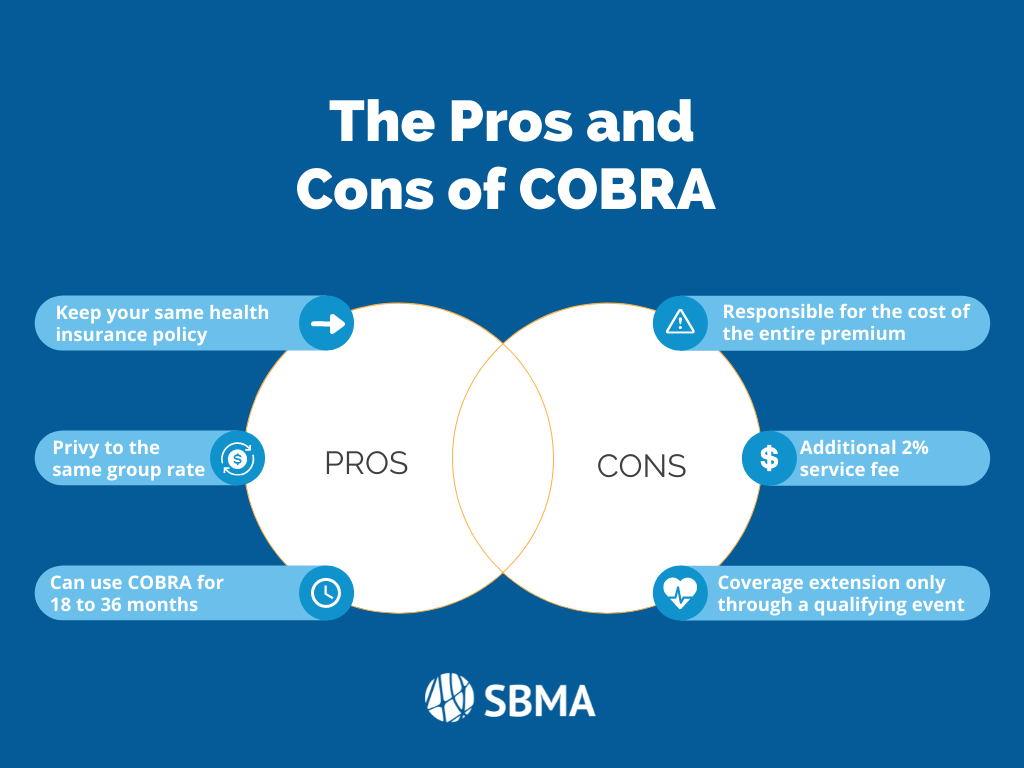Excitement About Medicare Advantage Agent
Excitement About Medicare Advantage Agent
Blog Article
The Best Guide To Medicare Advantage Agent
Table of Contents4 Simple Techniques For Medicare Advantage AgentUnknown Facts About Medicare Advantage AgentRumored Buzz on Medicare Advantage Agent

follows from perplexing the fairly young age account of the uninsured with the much better health, typically, of more youthful persons. This obscures the web link between wellness condition and health insurance. For those without access to work environment medical insurance, poor wellness is a potential obstacle to purchasing nongroup protection because such protection might be highly priced, leave out preexisting problems, or be merely unavailable. The number of without insurance Americans is not particularly big and has actually not altered in recent times. Seven out of 10 participants in a nationally representative survey assumed that fewer Americans did not have medical insurance than actually do(Fronstin, 1998). Roughly half(47 percent )thought that the variety of people without health insurance coverage lowered or remained continuous over the last half of the last decade(Blendon et al., 1999). This decrease of virtually 2 million in the number of people 'without insurance coverage (a decrease
of around 4 percent)is absolutely a favorable adjustment. With a softer economic situation in 2000 the newest reported gains in insurance coverage might not proceed(Fronstin, 2001 ). The decrease in the variety of without insurance will certainly not continue if the economy remains sluggish and healthcare costs continue to outpace inflation. This is because the data were collected for a period of solid financial efficiency. Of the approximated 42 million people who were uninsured, all yet regarding 420,000(about 1 percent)were under 65 years of age, the age at which most Americans end up being qualified for Medicare; 32 million were grownups between ages 18 and 65, about 19 percent of all grownups in this age; and 10 million were youngsters under 18 years old, regarding 13.9 percent of all children (Mills, 2000). These price quotes of the variety of individuals without insurance are created from the yearly March Supplement to the Current Populace Survey (CPS), carried out by the Demographics Bureau. Unless otherwise noted, nationwide estimates of individuals without wellness insurance coverage and proportions of the population with various type of protection are based on the CPS, the most widely utilized resource of price quotes of insurance policy coverage and uninsurance prices. These surveys and the quotes they generate are defined briefly in Table B. 1 in Appendix B - Medicare Advantage Agent. These studies vary in size and sampling techniques, the concerns that are inquired about insurance
Fascination About Medicare Advantage Agent
insurance coverage, and the time period over which insurance coverage or uninsurance is measured(Lewis et al., 1998, Fronstin, 2000a ). Still, the CPS is especially useful since it generates annual price quotes relatively swiftly, reporting the previous year's insurance coverage estimates each September, and since it is the basis for a consistent set of estimates for even more than 20 years, allowing for analysis of trends in coverage over time.

The Greatest Guide To Medicare Advantage Agent
Over a three-year duration beginning early in 1993, 72 million people, 29 percent of the united state population, were without coverage for a minimum of one month. Within a solitary year(1994), 53 million individuals experienced at the very least a month without coverage(Bennefield, 1998a). Six out of every 10 without insurance grownups are themselves used. Working does boost the possibility that one and one's household members will certainly have insurance policy, it is not a warranty. Even members of households with two permanent breadwinner have almost a one-in-ten chance of being uninsured (9.1 percent uninsured rate)(Hoffman and Pohl, 2000 ). The partnership in between wellness insurance coverage and accessibility to care is well developed, as recorded later on in this chapter. The partnership between health and wellness insurance and wellness end results is neither direct nor straightforward, an extensive clinical and health and wellness solutions study literature links wellness insurance policy coverage
to improved enhanced accessibility care, better much betterHigh quality and improved boosted individual population populace statusStanding As an example, the 2nd record, on individual health end results for uninsured adults, is stood for by the innermost circle like it of the number, while the third report, on family members well-being, includes the subjects of the second record but stresses a various unit of analysis, namely, the family members. The 6th report in the series will certainly offer details regarding methods and efforts embarked on locally, statewide, or nationally to address the lack of insurance and its unfavorable impacts. Degrees of analysis for checking out the effects of uninsurance. This conversation of wellness insurance policy protection concentrates primarily on the united state populace under age 65 because practically all Americans 65 and older have Medicare or other public coverage.
It focuses especially on those without any kind of wellness insurance for any length of time. The problems faced by the underinsured are in some respects similar to link those faced by the without insurance, although they are normally much less severe. Uninsurance and underinsurance, however, involve noticeably various policy concerns, and the strategies for resolving them may differ. Throughout this research and the five reports to comply with, the major emphasis is on persons with no medical insurance and therefore no aid in paying for health care past what is readily available through charity and security internet institutions. Health insurance coverage is an effective element affecting receipt of care since both clients and medical professionals reply to the out-of-pocket price of solutions. Medical insurance, however, is neither required nor adequate to gain access to clinical services. The independent and straight impact of wellness
insurance insurance policy on access to health health and wellness is well established. Others will get the health care they need also without medical insurance, by spending for it expense or seeking it from companies who supply care cost-free or at extremely subsidized prices. For still others, wellness insurance alone does not make certain receipt of treatment due to other nonfinancial obstacles, such as an absence of healthcare carriers in their area, limited accessibility to transportation, illiteracy, or etymological and social differences. Official study regarding uninsured populations in the United States dates to the late 1920s and very early 1930s when the Board on the Price of Treatment produced a collection of records regarding funding physician workplace sees and hospitalizations. This problem came to be significant as the numbers of clinically indigent climbed up during the Great Depression. Empirical researches constantly support the web link between access to care and enhanced health end results(Bindman et al., 1995; Starfield, 1995 ). Having a regular resource of care can be thought about a forecaster of accessibility, instead than a straight step of it, when health end results are themselves used as access indications. This extension of the notion of accessibility measurement was made by the IOM Board on Checking Accessibility to Personal Health And Wellness Treatment Solutions(Millman, 1993, p. Whether moms and dads are insured shows up to impact whether or not their kids receive treatment along with just how much careeven if the children themselves have protection(Hanson, 1998). The wellness of moms and dads can affect their capacity to take care of their youngsters and the level of family stress and anxiety. Stressing over their children's accessibility to care is itself a source of anxiety for parents. Three chapters comply with in this record. Phase 2 offers an introduction of just how employment-based health insurance, public programs and specific insurance coverage policies run and engage to offer substantial however incomplete insurance coverage of the U.S. population. This includes an evaluation of historical patterns and public plans impacting both public and exclusive insurance, a discussion of the communications amongst the various kinds of insurance, and an evaluation of why people relocate from one program to an additional or end up

Report this page